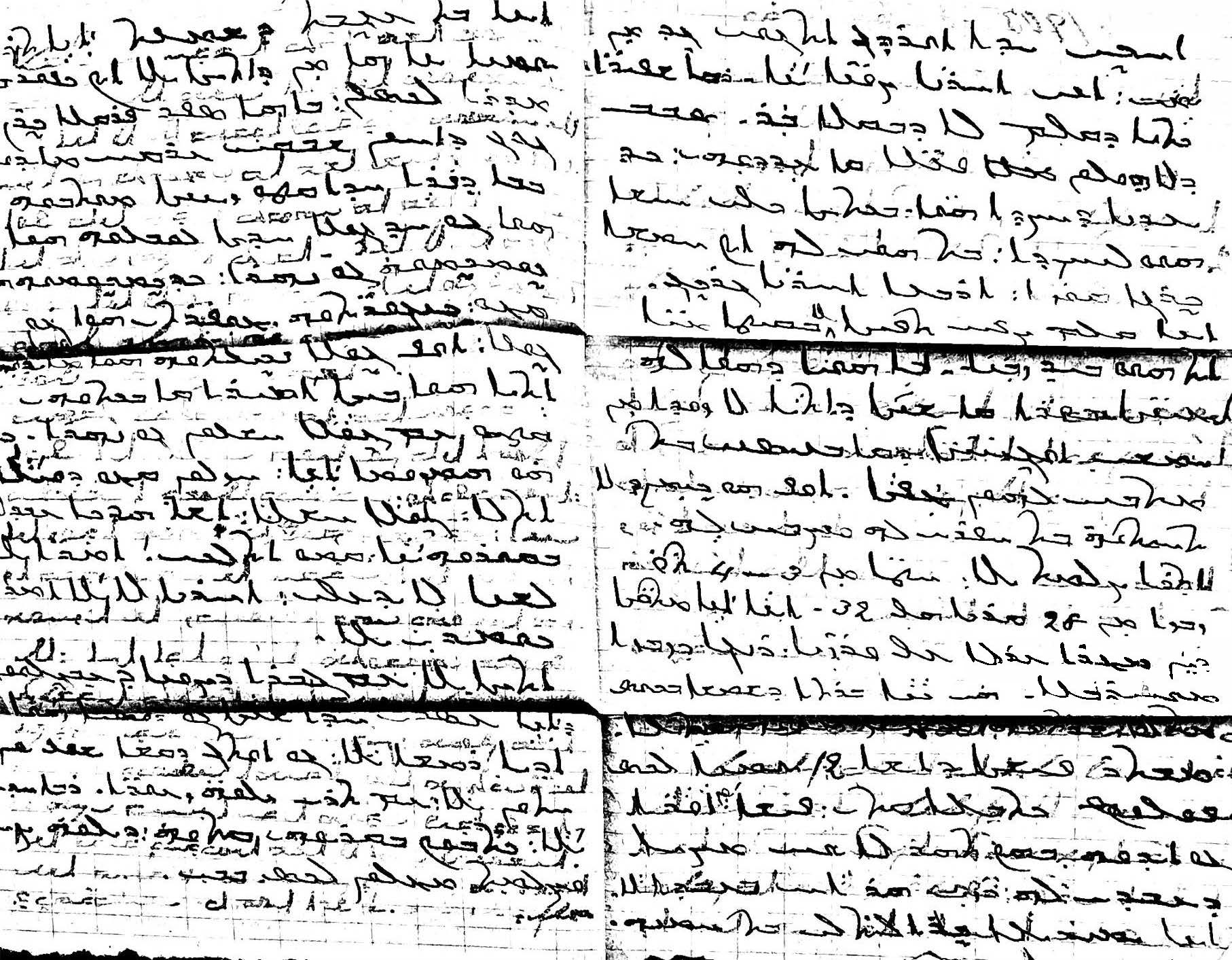From Qarajalu (Persia) to Santa Clara County
An Assyrian Family’s Multiple Atlantic Crossing in Search of a Home at the turn of the Century
Spoken Aramaic is still alive among Assyrians and Jews, originating from the location of the historic Aramaic-speaking regions of antiquity. Assyrians are the world’s leading users of written vernacular Aramaic. Some documents in this exhibit are in written Aramaic.
The 3rd in a series in conjunction with the exhibit “From Qarajalu (Persia) to Santa Clara County: An Assyrian Family’s Multiple Atlantic Crossings in Search of a Home at the turn of the Century” was held on May 15, 2022.
Titled “Sources and selected details of the life of Dr. Joseph D. Joseph, a son of Qarajalu, a man of Santa Clara County,” it was delivered by Mr. Vladimir Moghaddasi, a fluent speaker and reader of Assyrian neo-Aramaic, co-exhibitor and key contact with the Assyrian-American family who retained all the letters, journal and other materials in the exhibit that are archived at UC Berkeley.
To take advantage of this opportunity to hear spoken Aramaic (with English language slides) go to the lecture section of this website.
Exhibit catalogue may be purchased from the website.
about exhibit
Qarajalu is the name of a village located between Urmia and Salamas, two towns in northwest Persia that were important in the culture and economy of Assyrians. Of the dozens of Assyrian inhabited villages that can be studied, Qarajalu is the focus of this exhibit because of one man, Joseph David Joseph, a man born there during the late 19th century. Joseph David Joseph is important to our knowledge of that part of Iran during the late 19th and early 20th centuries because he studied to better himself, crossed the Atlantic to earn a degree in medicine, returned to his home, and became part of a group of over two dozen Assyrian doctors who served all of the ethnic groups living in that area.
Why do we know anything about him and why does he stand out when so many Assyrian men and women gained an education on the American standard since 1835 in villages large and small?
This man wrote many letters and kept the letters he received from a large variety of friends, colleagues and family. They are written in several languages. He also kept a journal that goes from 1887 to 1919. His descendants kept all these materials for over 100 years even though they could no longer read the Assyrian neo-Aramaic writing. Now they are willing to share these materials and more with the public at large.
What is the value of these materials?
These materials form one of the few Assyrian voices that describe conditions in that corner of Iran aside from missionary accounts. Joseph’s voice is authentic, his journal full of little known details, and between the over 150 letters and the journal, we gain a window into the controversies over Christianity in the area, Assyrian identity, and the high social and economic status that Assyrians had gained before the genocide.
We understand our potential to become a significant ethnic culture as well as the terrible loss during the genocide from which we will continue to suffer if we ignore the lessons of this exhibit: that we have a viable future when we cooperate and are allowed to be free of persecution.

A mid-9th century set of illustrations
Rev. Justin Perkins Water Colors of “Nestorians”
Beginning in 1834, the first Westerner to reside in Urmia on a permanent basis, had arrived on a ship with sails across the Atlantic Ocean and then travelled to Urmia across northern Turkey. There are no photographs of Assyrians from the mid-nineteenth century, just line drawings in books published by missionaries like Perkins.
Many thanks go to the descendants of the Joseph/Yuseff family, many of who still live in Santa Clara County.
Many thanks go to Rabi Yosep Bet Yosep who helped preserve the letters for many years until their value was recognized for this exhibit and for archiving at UC Berkeley.
Many thanks go to the Assyrian Foundation of America for providing major seed funding for this project.
museum Information
570 E. Remington Drive
Sunnyvale, CA 94087
Ample Free parking available at Museum
Admission is Free.
Sunday, April 3 to June 5, 2022
Museum hours: Sundays, Tuesdays, Thursdays 12pm - 4 pm

